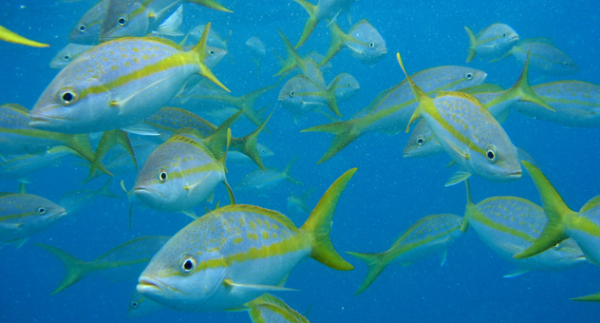Florida scientist studies small prey to better understand broader marine food webs
By Holly Binns for Pew Trust
[dropcap]B[/dropcap]rittany Troast always feels small when she stands beside the ocean.
That’s because she sees the world as interconnected, a place where each individual—from the tiniest organisms to humans—are small but important parts of vast ecosystems. And that’s why the University of Central Florida student is beginning a research project to analyze predator-prey relationships.
 Troast, who is pursuing a master’s degree in biology, wants to better understand how changing populations of small prey fish—also known as forage fish—affect the abundance and diversity of large predatory fish. She will examine more than two decades of data to determine fluctuations in populations throughout the Indian River Lagoon in east Central Florida and in estuaries of the St. John’s River near Jacksonville.
Troast, who is pursuing a master’s degree in biology, wants to better understand how changing populations of small prey fish—also known as forage fish—affect the abundance and diversity of large predatory fish. She will examine more than two decades of data to determine fluctuations in populations throughout the Indian River Lagoon in east Central Florida and in estuaries of the St. John’s River near Jacksonville.
Troast hopes the information she gathers will help fishery leaders make big-picture decisions and manage ecosystems as a whole rather than focusing on only individual species.
“We can manage the system from the bottom up instead of putting a Band-Aid on one species at a time,” says Troast, 26. “Sometimes the solution is not just to limit the catch of a declining sport-fish population, but also improve the abundance of its prey.”


